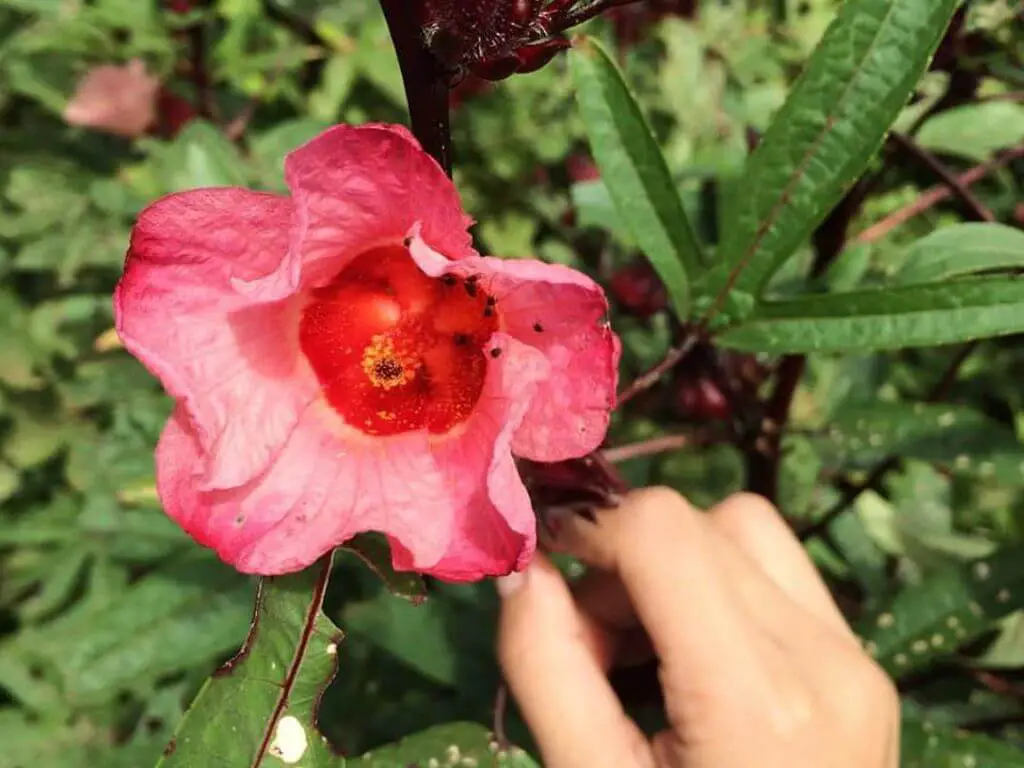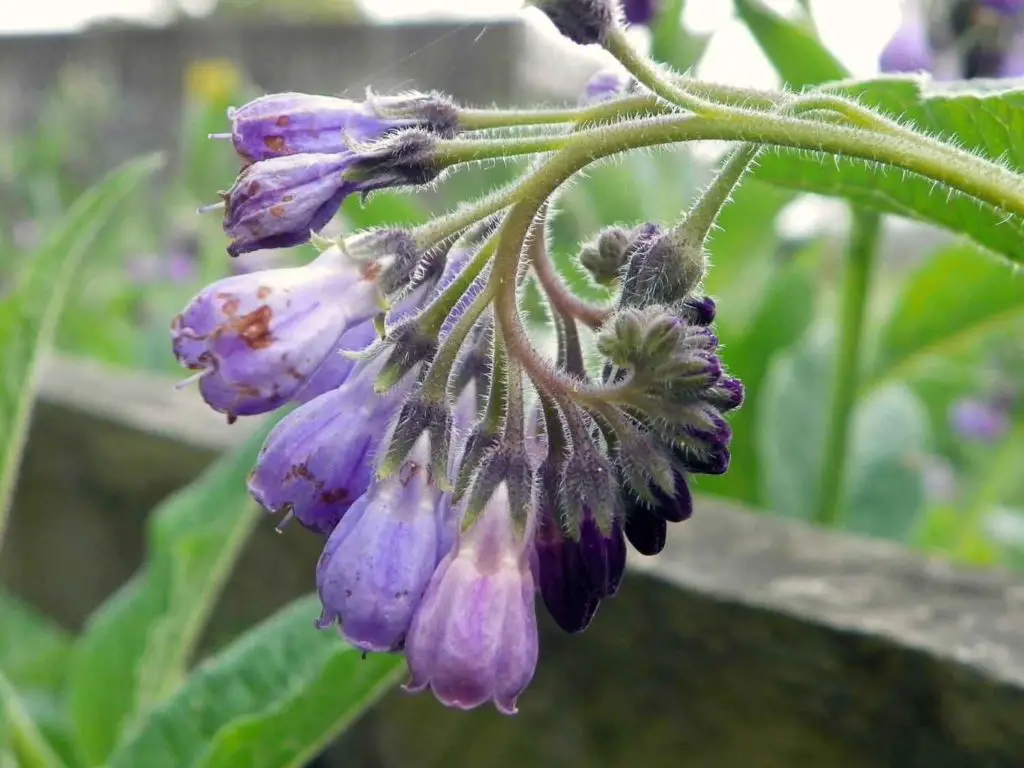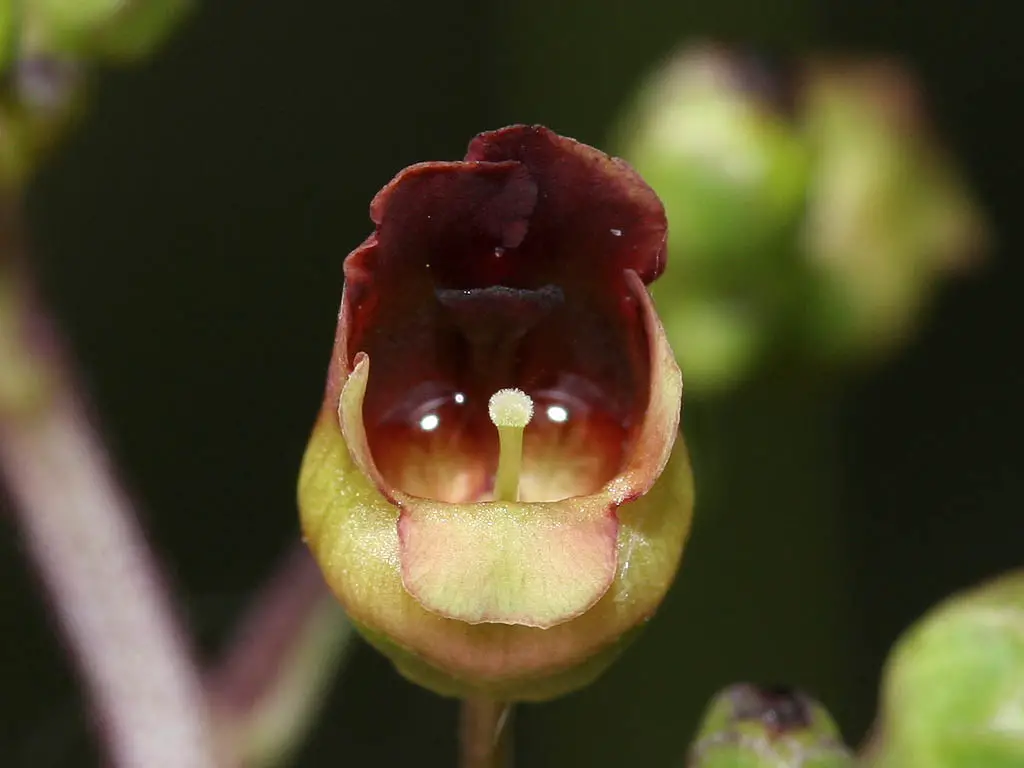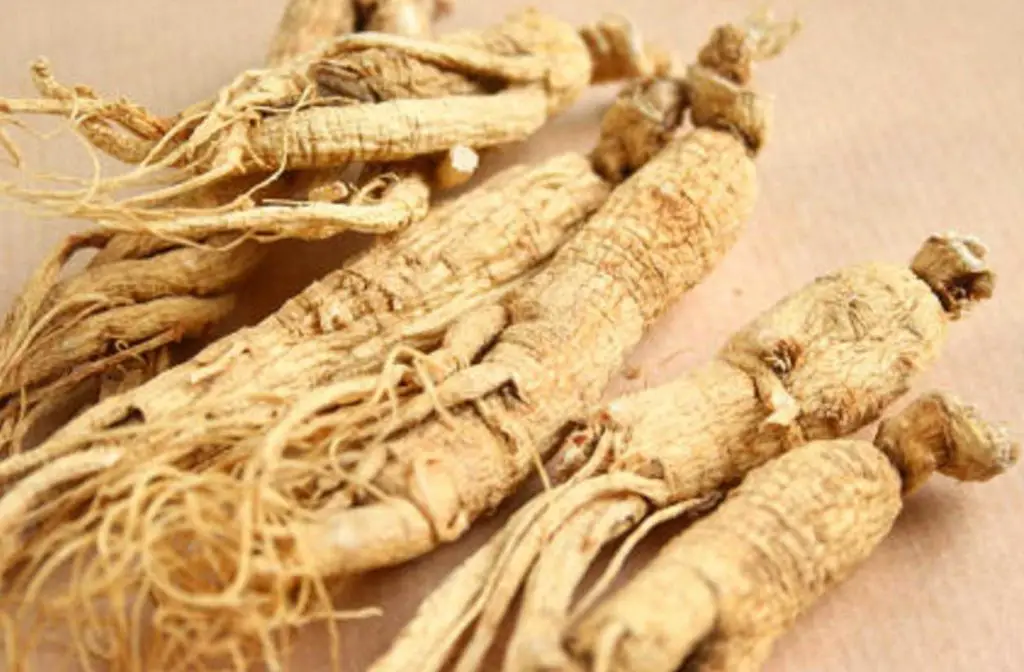Jamaica is a centerpiece of various natural wonders. From its beautiful landscapes and sceneries to its vibrant flora and fauna, it’s no surprise that the country is a trove of traditional remedies and medicinal plants.
One particular plant that stands out is roselle, also known as Indian sorrel, Jamaican sorrel, Red sorrel, or java jute. This plant has been cherished for centuries with its vibrant crimson flowers and numerous uses.
But what makes this herb a standout? Let’s explore the benefits of this herb and why it stands as one of the best natural medicines from Jamaica.
What is Roselle Hibiscus?
Roselle, also known as Hibiscus sabdariffa, is a plant that belongs to the Malvaceae family. Native to West Africa, it is widely cultivated across tropical and subtropical regions, including parts of Asia and the Caribbean. The plant is known for its striking crimson or deep magenta calyx (the outermost part of the flower) and its sweet, tart flavor profile.
Roselle has been used for various purposes for centuries. The plant’s calyces, stems, leaves, and seeds all have unique uses. The calyces are particularly famous for their use in preparing beverages like teas and juices. These vibrant, fleshy calyces are packed with numerous health benefits, which we’ll explore in detail.
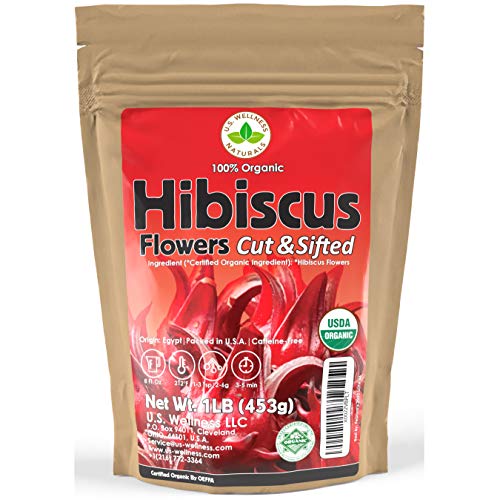
Roselle Hibiscus Benefits
From its impressive antioxidative properties to its hypotensive action and hepatoprotective characteristics, this folkloric medicine has an array of benefits backed by scientific research.
Filled With Antioxidants
One of the most significant advantages of consuming roselle is its impressive antioxidant content. Antioxidants help combat free radicals in the body, which can cause oxidative stress and damage cells. Research has shown that regular consumption of roselle tea or extracts may help reduce oxidative stress.
A study targeted at understanding H. sabdariffa’s antioxidative properties showed that the plant extract produced significant free radical scavenging activity in in-vivo and in-vitro analyses. The outcome of this study suggests that H. sabdariffa could be used for therapeutic applications in the future.
Lower Blood Pressure
Roselle may offer a natural solution for individuals struggling with high blood pressure. Some studies suggest that consuming roselle tea can reduce both systolic and diastolic blood pressure.
The research supporting this beneficial activity of H. sabdariffa shows that the plant extract showed prominent results in managing type 1 hypertension after consuming two cups of sour tea consistently. Partnering this routine with dietary and lifestyle modification may produce even better results.

Improve Liver Health
Roselle may also have potential benefits for liver health. Studies on animals have shown that the antioxidants present in roselle can help protect the liver from damage caused by toxins and oxidative stress.
The study analyzed varying concentrations (100, 200, and 400 μg/mL) of H. sabdariffa in fishes with induced liver damage, and it shows that the preventative effect of this herb improves with the dose. While more research is needed in this area, it indicates the potential for Roselle Hibiscus to support overall liver health.
Prevent Cancer
The antioxidants in roselle are thought to play a role in preventing the growth of cancer cells and tumors. Some studies have suggested that the polyphenols in roselle may have anti-cancer properties. The research studied how H. sabdariffa extracts react to two breast cancer cell lines. The investigation concluded with the plant showing prominent antitumoral activities for both cell lines.
Weight Loss
Regularly consuming roselle tea could be beneficial for those on a weight loss journey. In this review, the researchers analyzed various in-vivo, animal, and human studies regarding the effect of H. sabdariffa inside the body. The researchers found that the bioactive compounds prevented fat accumulation and suppressed adipogenesis, eventually leading to total body weight loss.

Roselle Hibiscus Side Effects
While roselle offers numerous health benefits, it’s essential to be aware of potential side effects, mainly when consumed excessively.
Stomach Upset or Cramps
Some individuals may experience mild stomach upset or cramps when consuming Roselle products. This reaction is often due to the natural tartness of the plant. Drinking roselle tea or products in moderation is recommended to prevent unwanted side effects.
Constipation
In contrast to its diuretic effect, some people might experience constipation when consuming roselle tea or supplements excessively. This side effect is observable in most folkloric or herbal medicines. Balancing your intake and ensuring adequate hydration can help prevent this issue.
Allergic Reaction
Although rare, some individuals may be allergic to some compounds found in roselle extracts. Signs of an allergic reaction may include hives, itching, swelling, or difficulty breathing. If you suspect an allergy, it’s crucial to discontinue use and seek medical attention immediately.
Nausea and Vomiting
In some cases, overconsumption of roselle products can lead to nausea and vomiting. This reaction is more likely to occur when roselle is consumed in more than the recommended amounts, so it’s essential to stick to recommended serving sizes.
Caution to Pregnant Women
Pregnant women should exercise caution when consuming roselle products. While no studies are showing that roselle can cause miscarriage, it’s better to be on the safe side. Expectant mothers should consult a healthcare professional before including roselle in their diet.
What is the Recommended Intake of Roselle Hibiscus?
The recommended intake of Roselle Hibiscus varies depending on the form in which it is consumed. Here are some general guidelines:
- Roselle Tea: Drinking two to three cups of Roselle tea daily is typically recommended. You may sweeten it with honey or other natural sweeteners if desired.
- Roselle Extract: When taking roselle in extract form, follow the dosage instructions provided on the product’s label. These dosages vary depending on the manufacturer, so it’s best to stick with what’s indicated.
- Dried Calyces: If you prefer to consume dried roselle calyces, you can use them as an ingredient in various dishes or prepare them as tea.
It’s important to note that individual tolerance may vary. To enjoy the benefits of roselle while minimizing potential side effects, start with smaller quantities and gradually increase your intake as needed. If you have underlying health conditions or are taking medications, consult a healthcare professional to determine the most suitable dosage for your situation.

In Conclusion
With its stunning crimson calyces, roselle offers many health benefits, ranging from antioxidant-rich goodness to potential blood pressure control. However, like any dietary addition, it should be consumed in moderation and with awareness of possible side effects.
As with any natural remedy or supplement, it’s crucial to consult with a vetted professional, especially if you have underlying health conditions, are pregnant, or are currently taking medications. While roselle can be a delightful and beneficial addition to your daily routine, it should complement, not replace, a balanced and varied diet.
Subscribe to our newsletter!
Roselle Tea FAQ
Is Roselle Tea The Same as Hibiscus Tea?
Roselle tea and Hibiscus tea are often used interchangeably, but there is a subtle difference. Roselle tea specifically refers to tea made from the calyces of the Hibiscus sabdariffa plant, which are typically crimson. Hibiscus tea can encompass various species of the hibiscus plant. However, both teas have similar tart and refreshing flavors and health benefits.
How To Make Roselle Hibiscus Tea?
To make Roselle Hibiscus tea, follow these simple steps:
- Rinse the dried Roselle calyces in cold water.
- Place the calyces in a teapot or heatproof container.
- Pour boiling water over the calyces.
- Allow it to steep for about five to ten minutes, depending on your desired strength.
- Strain the tea into a cup.
- Add sweeteners like honey or sugar if desired.
- Enjoy your homemade Roselle Hibiscus tea!
Can You Drink Roselle Tea Every Day?
Yes, you can incorporate Roselle tea into your daily routine in moderation. Drinking two to three cups of roselle tea daily is generally considered safe for most people. However, if you have concerns or underlying health conditions, it’s always a good idea to consult a healthcare professional for personalized guidance.

Sources:
- https://www.mybluetea.com.au/benefit-roselle
- https://www.medicalnewstoday.com/articles/318120
- https://pharmeasy.in/blog/ayurveda-uses-benefits-side-effects-of-hibiscus-tea/
- https://www.verywellhealth.com/hibiscus-benefits-side-effects-and-more-7484045
- https://www.healthline.com/nutrition/hibiscus-tea-benefits
- https://www.britannica.com/plant/roselle-plant
- https://www.nparks.gov.sg/florafaunaweb/flora/2/0/2096
- https://www.ncbi.nlm.nih.gov/pmc/articles/PMC5583102/
- https://www.ncbi.nlm.nih.gov/pmc/articles/PMC6621350/
- https://pubmed.ncbi.nlm.nih.gov/21082285/
- https://www.ncbi.nlm.nih.gov/pmc/articles/PMC9519930/
- https://www.ncbi.nlm.nih.gov/pmc/articles/PMC6337177/

